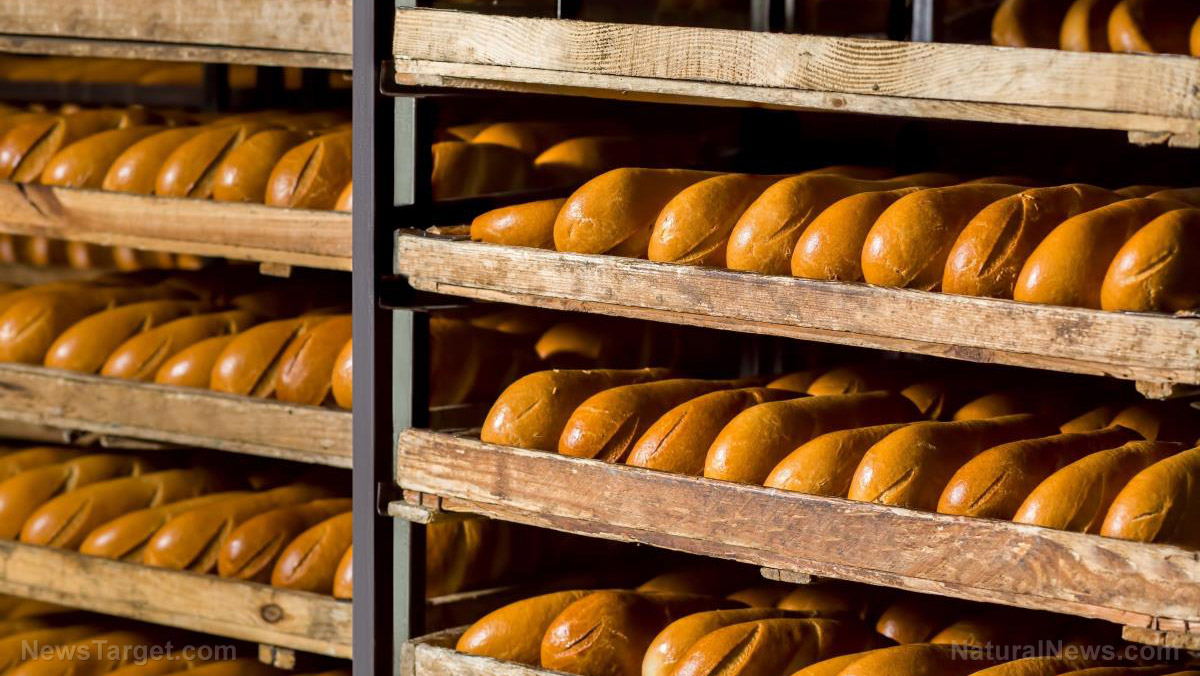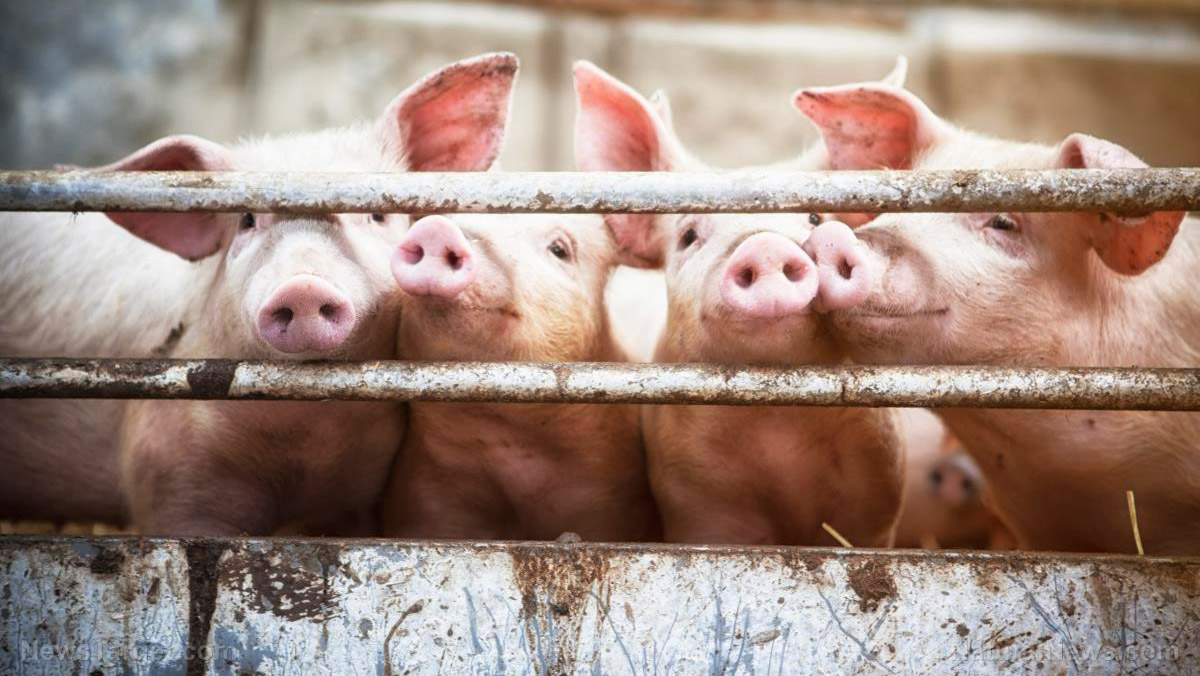Rice, soybean markets plummeting, economist reveals
07/12/2022 / By Belle Carter

The June 30 reports by the U.S. Department of Agriculture (USDA) showed a sharp downfall in the rice and soybean markets.
University of Arkansas agriculture economist Scott Stiles said it is hard to pin down the exact drivers of the futures market. “But for certain, the September rice contract had moved well into ‘oversold’ territory,” he said.
Stiles has presented a graph of the futures chart via an article titled “Arkansas Rice Update” on the university research and extension website. The graph included the 14-day relative strength index, which recently dipped into the mid-30s.
Meanwhile, the USDA report stated that November soybeans traded at $15.07 and three-fourths on June 30 (report day) and to $13.04 on July 5, which meant a two-dollar swing in just three trading sessions. As of July 8, September rice is up one and a half cents at $16.40. Stiles said a close this week above $16.40 would be encouraging.
The university economist further said: “With trading turning higher mid-week, we can surmise the heat and dryness in the mid-south has put some worry in (the) trader’s minds. Parts of northeast Arkansas have now gone one month without rainfall, not to mention the triple-digit temperatures that have accompanied the drought.”
According to him, this would be a concern as the National Agricultural Statistics Service indicated in this week’s crop progress that some of the mid-south rice crops had reached heading. As of July 3, Arkansas was at two percent heading, Mississippi at 18 percent and Louisiana and Texas both at 50 percent. (Related: The food shortage crisis due to pandemic lockdowns and economic warfare may prove deadly for many.)
Thailand may have outwitted US in the rice trade deal with Iraq
As per the current U.S. memorandum of understanding (MOU), Iraq’s buying authority agreed in principle to buy 200,000 metric tons of U.S. rice every year. Based on records for the 2021 to 2022 marketing year, only 120,000 metric tons have been purchased by the Middle East nation.
Thailand, on the other hand, shipped around 415,000 metric tons of rice to Iraq in the first five months of 2022. Another 150,000 metric tons are scheduled to be shipped in the coming weeks.
Thailand has a freight price and shipping time advantage, in addition to a journey length advantage, to the Iraqi port of Umm Qasr.
However, new orders from Iraq have piped down for Thailand since June, which could be an opportunity for the U.S. to make agreements with Iraq. Discussions are said to be underway to have the remaining 80,000 tons fulfilled. But the details of the talks remain vague and even U.S. insiders seem clueless about the situation.
A meeting attendee said he had received “mixed signals from Iraq” as the talks had resulted in “nothing concrete.” Another source said the talks went “quiet” and there had been no update since July 1.
With no signs that Iraq and the U.S. are close to a deal, there is a great possibility that Iraq could return to Thailand, considering the current dwindling rice supply and soaring fuel prices in the United States.
Stiles said the significant price difference between U.S. and Thai rice may have been the key reason why U.S. rice sales to Iraq have been hampered.
Visit FoodSupply.news for more news related to food shortages.
Watch the below video that talks about the food supply being under attack.
This video is from the Weaponized News channel on Brighteon.com.
More related stories:
Global rice production to plunge by 10%, hundreds of millions to be affected.
A global food shortage “catastrophe” is unfolding, warns UN chief.
World Alternative Media: Global food shortage is part of Great Reset agenda.
Sources include:
Submit a correction >>
Tagged Under:
agriculture, Arkansas, Arkansas Rice Update, bubble, Collapse, crops, food collapse, food supply, grocery, Iraq, market crash, rice market, risk, soybean market, Thailand rice, USDA
This article may contain statements that reflect the opinion of the author
RECENT NEWS & ARTICLES
COPYRIGHT © 2017 FOOD SUPPLY NEWS



















